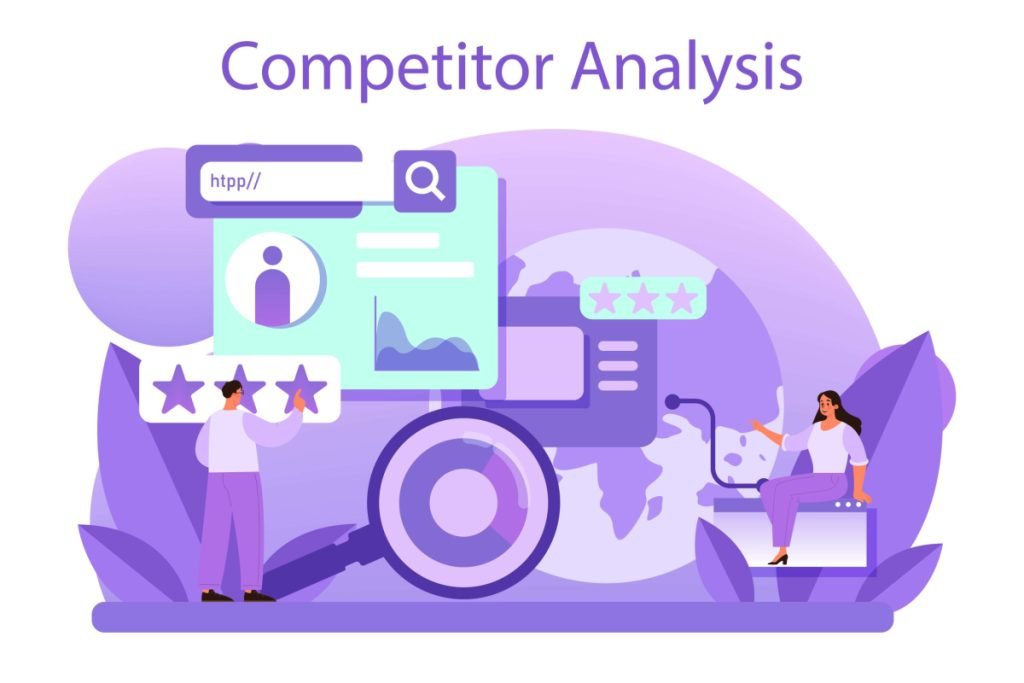Customers can communicate with businesses in real time through their websites or mobile applications using a feature called live chat. It enables companies to respond quickly to customer inquiries, handle problems, and interact with clients more individually. Live chat is important for organizations. Because it may boost sales, increase customer happiness, and offer a more affordable alternative to conventional customer care methods.
This blog is dedicated to helping you learn more about what live chat is and how it can be used to enhance customer service and communication. How it operates, how to use it for its operations, best practices, common pitfalls to avoid, and success measures. Readers will have the information and resources needed to establish by the end of this blog.
Benefits of the Live Chat

Businesses can gain from live chat in a number of ways, including:
- Increased customer satisfaction: Consumers value being able to contact businesses in real-time fast and simply. Businesses may instantly assist customers and deal with their complaints using live chat, which increases customer satisfaction ratings.
- Sales growth: Live chat can assist businesses in growing their sales, by giving businesses the chance to interact with clients in real-time. It also provide tailored product recommendations or discounts,
- Cost-effective customer assistance: Because Live Chat enables businesses to manage several chats at once and lowers the need for additional staff, it is frequently more affordable than traditional customer service channels like phone or email.
- Competitive advantage: Businesses who offer Live Chat as a customer service channel have an advantage over those who don’t since it improves customer satisfaction overall and gives customers a more contemporary and practical way to communicate with enterprises.
- Reduced reaction times: Live Chat enables companies to reply to client enquiries instantly, cutting down on response times and giving customers a more effective and efficient support experience.
How does Live Chat Work?
Live Chat involves a chat window on a website or app. There customers can type in their queries and business reps can respond in real-time. Features include chat transcripts, file sharing, screen sharing, co-browsing, and chatbots. Types include proactive, reactive, and hybrid.
To implement Live Chat, choose the right software, integrate it into your website, and train your team. Best practices include personalization, active listening, quick responses, positive language, and multitasking. Metrics to measure success include customer satisfaction, response time, first contact resolution, and conversion rate.
Implementing Live Chat for Your Business

- Choose the right software that aligns with your business needs and budget.
- Set up Live Chat on your website or mobile application by integrating the software.
- Train your team on how to use Live Chat effectively, including best practices for personalizing chat conversations, active listening, responding quickly and concisely, using positive language, and multitasking to handle multiple chats simultaneously.
- Implement best practices for Live Chat support to improve customer satisfaction and increase sales.
- Regularly review metrics such as customer satisfaction, response time, first contact resolution, and conversion rate to identify areas for improvement and optimize your strategy.
Tips for Effective Live Chat:

- Personalization – Address customers by their name, use personalized greetings, and tailor responses to their specific needs and concerns.
- Active Listening – Pay attention to customers’ queries and concerns, and respond with empathy and understanding.
- Quick and concise responses – Respond promptly and keep messages brief and to the point.
- Use of positive language – Use positive language to create a friendly and helpful tone and avoid negative language that may come across as confrontational or dismissive.
- Multitasking – Handle multiple chats simultaneously to maximize efficiency, but ensure that each customer receives prompt and personalized attention.
Common Mistakes to Avoid:
- Slow Response Time – Delayed response times can lead to customer frustration and a negative experience. Respond to customer inquiries as quickly as possible.
- Rigid Scripts – Using rigid scripts can make your conversations sound robotic and impersonal. Try to personalize your messages and responses as much as possible.
- Lack of Personalization – Customers expect a personalized experience when using Live Chat. Avoid using generic responses and tailor your messages to their specific needs and concerns.
- Technical Difficulties – Technical difficulties such as system downtime or chat window glitches can hinder the Live Chat experience. Ensure that your chat software is up-to-date and functioning properly.
Metrics to Measure Live Chat Success:

- Customer Satisfaction – Measure the level of customer satisfaction with the customer chat experience through post-chat surveys or feedback forms.
- Response Time – Monitor the response time of customer chat representatives to ensure prompt and efficient service.
- First Contact Resolution – During the first contact with Live Chat, check the issues that are resolved without the need for further follow-up. Also track the percentage of customer issues.
- Conversion Rate – Measure the percentage of conversations that result in a sale or other desired outcome, such as a sign-up or download.
Conclusion:
We conclude from this blog. Live Chat is a powerful tool for businesses to improve customer satisfaction, increase sales, and provide cost-effective customer support. By implementing Live Chat, businesses can gain a competitive advantage and improve their response time to customer inquiries.
To maximize the benefits of customer service, businesses should choose the right software, set it up correctly, and train their team on best practices. Effective Live Chat involves personalization, active listening, quick and concise responses, use of positive language, and multitasking.
By tracking metrics such as customer satisfaction, response time, first contact resolution, and conversion rate, businesses can optimize their strategy and identify areas for improvement.
The future of Live Chat looks promising, with advancements in AI and chatbot technology allowing businesses to provide even more efficient and personalized service. It’s clear that Live Chat is a vital tool for businesses to enhance their customer experience and improve their bottom line.







